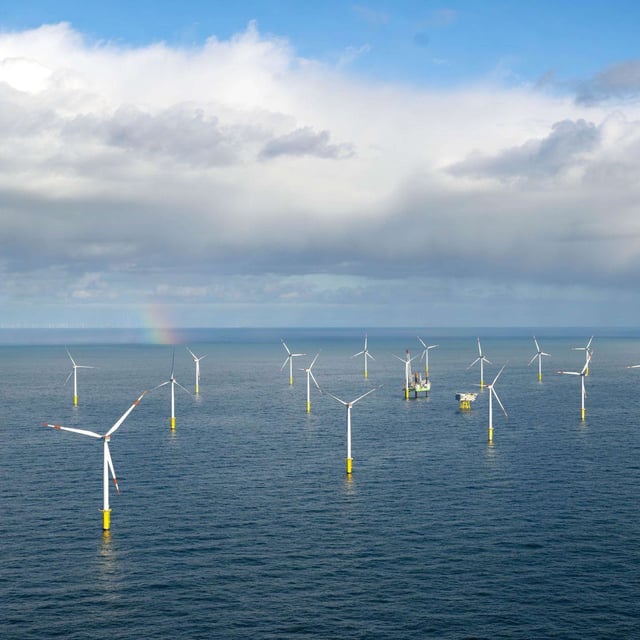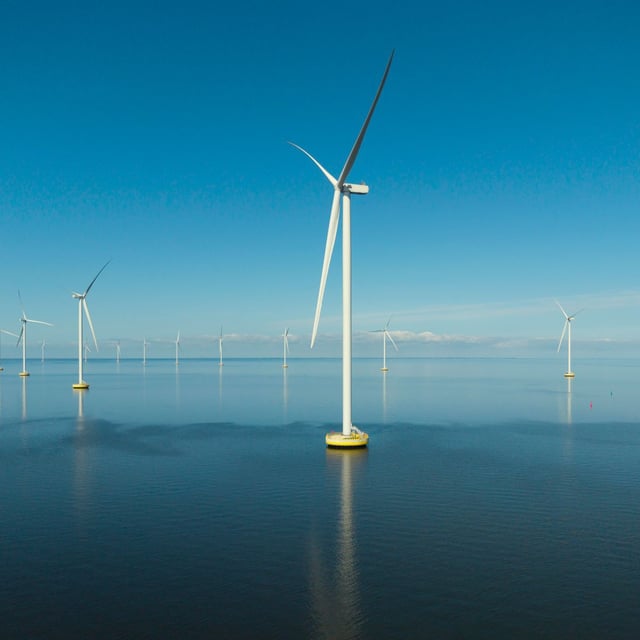Overview
- The peer-reviewed analysis, published in Marine Pollution Bulletin, was led by Germany’s BSH with IFREMER and ILVO as partners.
- The inventory, compiled from research literature and safety data sheets, includes PFAS, PAHs and substances with toxic, carcinogenic or endocrine effects.
- Corrosion-protection systems account for about 70 percent of the potential sources and oils and lubricants for about 10 percent, with further inputs from cooling and firefighting agents.
- Actual release rates and environmental concentrations are unknown, prompting calls for pre‑ and post‑construction measurements and more sensitive analytical methods given competing offshore pollution sources.
- Authors note some emissions are technically avoidable through alternative corrosion protection, closed cooling and biodegradable fluids, and they advocate international standards while Germany already applies stricter rules such as bans on zinc anodes and biocidal antifouling and requires emissions concepts in planning.

